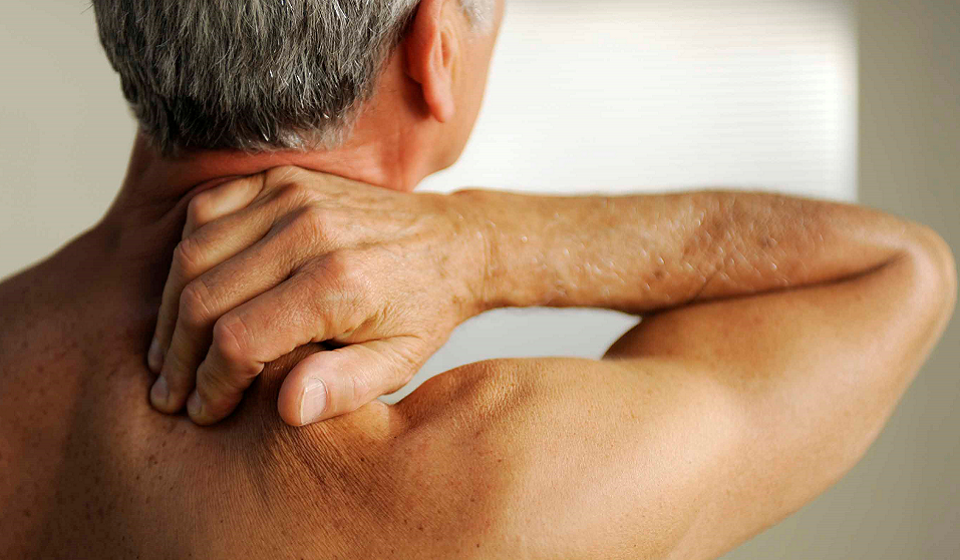Acupuncture has long been recognized as an effective treatment for chronic pain. More than 14 million Americans have tried acupuncture, according to the most recent statistics from the National Health Interview Survey, a large ongoing study that tracks healthcare habits in the U.S. The study found that nearly six percent of Americans have allowed themselves to be pricked with dozens of slender needles to help alleviate chronic pain, up from just one percent of patients a decade ago.

“Use of acupuncture has been percolating for quite a while and it’s now becoming much more mainstream in medicine,” said Dr. Houman Danesh, director of integrative pain management at Mt. Sinai Hospital in New York.
In the Comparison of effectiveness of acupuncture therapy and conventional drug therapy on the psychological profile of migraine patients, researchers conclude that acupuncture is a better treatment option than the conventional drug therapy in not only relieving the pain of a migraine but in also improving the psychological profile in migraineurs. Hence its use should be encouraged as an alternative/adjunct treatment for a migraine. Also in the situation, while painkiller, antibiotic and steroid fail to reduce pain or condition of drug use is cautioned during pregnancy or liver, kidney impact over long-term use.
A 2009 systematic review of studies concluded that actual acupuncture, compared with simulated acupuncture or pain-relieving drugs, helped people with tension-type headaches. A 2008 systematic review of studies suggested that actual acupuncture has a very slight advantage over simulated acupuncture in reducing tension-type headache intensity and the number of headache days per month.
A 2009 systematic review found that adding acupuncture to basic care for migraines helped to reduce migraine frequency. However, in studies that compared actual acupuncture with simulated acupuncture, researchers found that the differences between the two treatments may have been due to chance.
A 2010 review by the Agency for Healthcare Research and Quality found that acupuncture relieved low-back pain immediately after treatment but not over longer periods of time.
A 2008 systematic review of studies on acupuncture for low-back pain found strong evidence that combining acupuncture with usual care helps more than usual care alone. The same review also found strong evidence that there is no difference between the effects of actual and simulated acupuncture in people with low-back pain.
Clinical practice guidelines issued by the American Pain Society and the American College of Physicians in 2007 recommend acupuncture as one of several non-drug approaches physicians should consider when patients with chronic low-back pain do not respond to self-care (practices that people can do by themselves, such as remaining active, applying heat, and taking pain-relieving medications).
Arthritis:
Juvenile rheumatoid arthritis
Osteoarthritis
Psoriatic arthritis
Rheumatoid arthritis
Septic arthritis
Injuries:
Bursitis
Hip labral tear
An inguinal hernia
Tendinitis
Pinched nerves:
Meralgia paresthetica
Sacroiliitis
Sciatica
Rheumatoid arthritis
Rotator cuff injury
Sprains and strains
Tendinitis
Tennis elbow
Thoracic outlet syndrome
Carpal tunnel syndrome causes pain, weakness, tingling or numbness in the Palm and some fingers of the hand, Wrist, and Forearm
Trigger finger which People at higher risk include those who have: Rheumatoid arthritis, Gout, and Diabetes
A 2010 systematic review of studies of acupuncture for knee or hip osteoarthritis concluded that actual acupuncture was more helpful for osteoarthritis pain than either simulated acupuncture or no acupuncture. However, the difference between actual and simulated acupuncture was very small, while the difference between acupuncture and no acupuncture was large.
Arch Pain: Plantar fasciitis, Fallen arches or flat feet,
Ball Pain: Metatarsalgia, Morton’s neuroma, Sesamoiditis
Heel Pain: If your pain is in your heel, you may have plantar fasciitis; Heel spurs;
Toe Pain: Gout, a form of arthritis;
Foot Pain That’s Anywhere or Everywhere: Neuropathy, or nerve damage; Tendinitis
Ankle Pain: Achilles tendinitis; Tarsal tunnel syndrome; Psoriatic arthritis; Reactive arthritis; Rheumatoid arthritis; Septic arthritis
Former U.S. Navy Cook Talks About Pain Management
Patty Davis, who was a cook for 21 years in the U.S. Navy—and she loved it. But after years of hauling heavy loads of food over her shoulder up and down ship ladders, Patty is now paying the price: shoulder and back pain. She’s received excellent conventional health services through the Veterans Health Administration, including back surgery, but she still feels pain.
Patty decided to try something new in addition to her conventional treatment: acupuncture. And she was very pleased with the results. After her acupuncture session, she had no trouble rolling over to get off the treatment table, even though rolling over in bed was usually very painful.
Patty’s positive experience with acupuncture fuels her opinion on the value of complementary health research. She knows there are many veterans in pain and that finding approaches to help others like her is well worth the time.